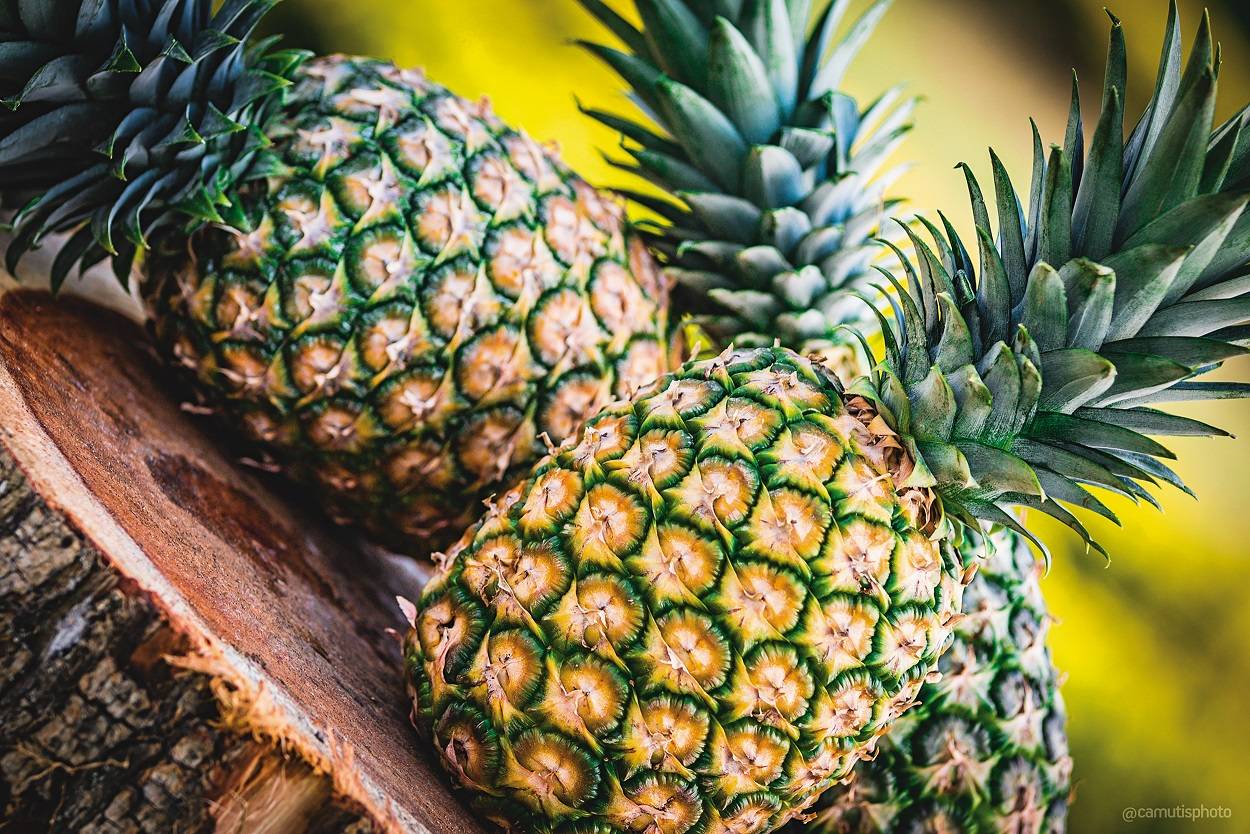The U.S. Department of Agriculture (USDA) recently announced the completion of a comprehensive risk analysis focused on the potential pests associated with the importation of fresh pineapples from Indonesia for consumption. This analysis is a critical component of the USDA’s ongoing efforts to safeguard the U.S. agricultural sector from the introduction of harmful plant pests and noxious weeds that could be introduced through the importation of agricultural products.
The pest risk analysis (PRA) conducted by the USDA has determined that, by implementing appropriate phytosanitary measures, the risks associated with introducing or spreading plant pests or noxious weeds through the importation of fresh pineapples from Indonesia can be effectively mitigated. This finding highlights the importance of stringent regulations and protocols in place to protect the agricultural industry and ensure the safety of consumers.
As part of the regulatory process, the USDA is now providing the pest risk analysis for public review and comment. This transparency and public participation process allows stakeholders, including agricultural producers, industry representatives, and the general public, to offer feedback on the findings and proposed measures. By engaging with stakeholders and incorporating their input, the USDA aims to make informed decisions that prioritize the protection of the agricultural sector and public health.
Indonesia stands out as one of the world’s major pineapple producers, benefiting from a tropical climate that is conducive to pineapple cultivation. The harvest season typically spans from December to June, varying based on the region. Indonesian pineapples are renowned for their distinctive sweet and tangy flavor, as well as their juicy flesh, making them a popular choice among consumers worldwide.
In addition to the pest risk analysis for fresh pineapples from Indonesia, the USDA has also renewed market access for U.S. apples in Indonesia. This decision underscores the importance of international trade relationships and the mutual benefits that can be derived from the exchange of agricultural products between countries. By maintaining open and fair trade practices, both the U.S. and Indonesia can capitalize on their respective strengths in agricultural production and expand market opportunities for their products.
In conclusion, the completion of the risk analysis for fresh pineapples from Indonesia represents a significant milestone in the USDA’s efforts to protect the U.S. agricultural sector from potential threats posed by invasive pests and noxious weeds. By leveraging scientific expertise and engaging with stakeholders, the USDA is able to develop robust regulatory frameworks that safeguard the integrity of the food supply chain and support the continued growth of the agricultural industry. As consumers continue to enjoy the delicious flavors of Indonesian pineapples and U.S. apples, it is imperative that stringent measures are in place to ensure the safety and quality of these products.




